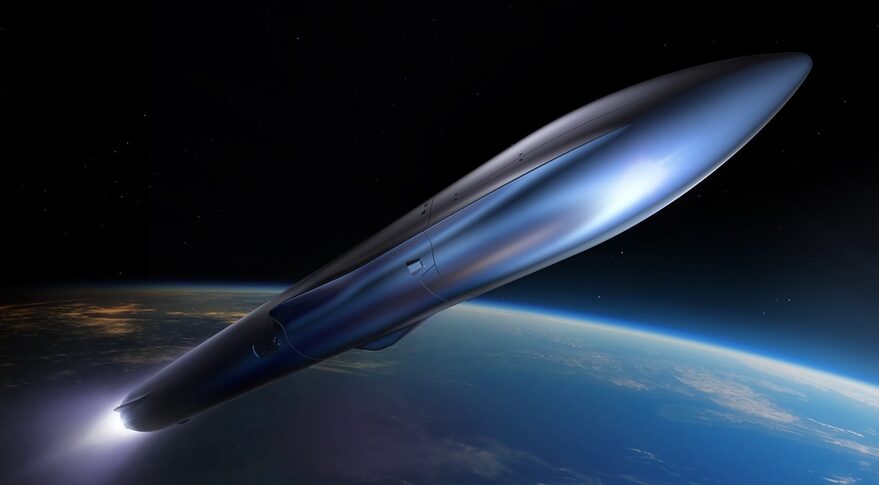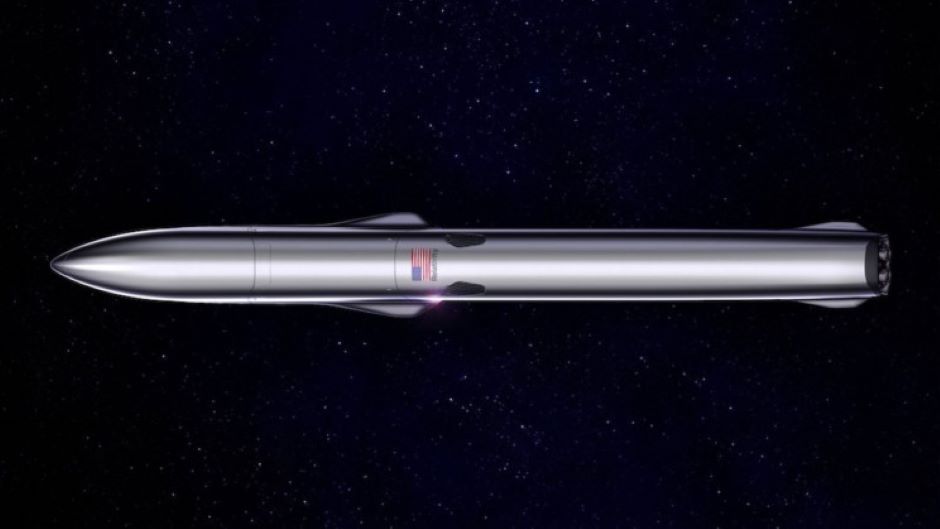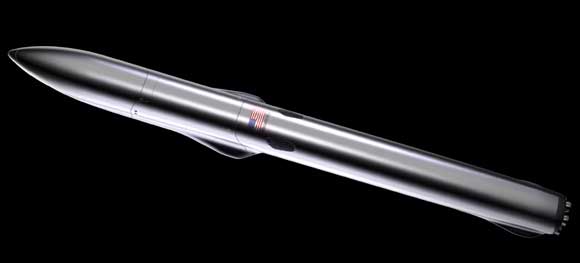
What We Know About Relativity Space’s Terran R
Relativity Space is one among many companies working to reach orbit and more with their own launch vehicles. However, Relativity stands out thanks to some of the company’s ambitious ideas along with its unique manufacturing process. This contributes to both its Terran 1 and Terran R launch vehicles. While the company has not said a lot about the next-generation rocket, we do have some information about it.
Relativity Space’s Terran R is meant to be a fully 3D printed and fully reusable launch vehicle capable of lifting around 20,000 kilograms into low Earth orbit. Its design stands out thanks to utilizing software-driven manufacturing, exotic materials, and unique design geometries that are not possible in traditional manufacturing. All of which are meant to make the Terran R not only very affordable but fast to manufacture and launch.
Relativity Space has been hard at work developing, manufacturing, and testing different parts of launch vehicles. Terran R is a big step ahead for the company and is meant to change how we access space. Since being announced, Relativity has shared some information regarding the next-generation launch vehicle and what to expect. Here I will go more in-depth into the design, goal, and what we know about Terran R.
Terran R Information

Over time Relativity Space has not released a lot of information regarding Terran R. However, while this has been the case over the last year, we still have some valuable information about general plans and what to expect for the next-generation launch vehicle. Around one year ago in early 2021, Relativity tweeted saying, “We are excited to announce the latest development at Relativity, Terran R! #TerranR will be capable of lifting nearly 20 times as much payload as Terran 1, and will be fully reusable.” This announcement was short but gave us insight into the payload capacity of Terran R and an update on Relativity Space’s progress. Later in 2021 Relativity Space unveiled its plans for Terran R and gave a much more detailed and in-depth update on everything related to the launch vehicle. They pointed out as a two-stage, 216-foot-tall rocket with a 16-foot diameter, and a 5-meter payload fairing, Terran R will be entirely reusable and capable of launching 20,000kg to low Earth orbit (LEO). Created in Relativity’s Factory of the Future, by the same printers as Terran 1, Terran R has unique aeronautical features and complex structures. The company’s proprietary 3D printing process utilizes software-driven manufacturing, exotic materials, and unique design geometries that are not possible in traditional manufacturing, driving unprecedented innovation and disruption in the industry.
Not only did the update provide details about the rocket itself but also quotes from the Relativity Team as well. “From our founding days in Y Combinator just five years ago, we planned on 3D printing Terran 1 and then Terran R – a 20X larger fully reusable rocket – on our Factory of the Future platform,” said Tim Ellis, CEO and co-founder of Relativity. “Today we are one step closer to this goal. Together with our first rocket Terran 1, our second product, Terran R, will continue to take advantage of Relativity’s disruptive approach to 3D printing – reduced part count, improved speed of innovation, flexibility, and reliability – to bring to market the next generation of launch vehicles. Relativity was founded with the mission to 3D print entire rockets and build humanity’s industrial base on Mars. We were inspired to make this vision a reality, and believe there needs to be dozens to hundreds of companies working to build humanity’s multiplanetary future on Mars. Scalable, autonomous 3D printing is inevitably required to thrive on Mars, and Terran R is the second product step in a long-term journey Relativity is planning ahead.”
Terran R Features

Thanks to the various updates over time, along with some specs provided from Relativity Space’s website and other sources, we have a good idea of Terran R’s key features. Terran R will be outfitted with seven 3D-printed Aeon R rocket engines capable of producing 302,000 pounds of thrust each, while its upper stage houses one Aeon Vac engine. Planned to start in 2024, Terran R will launch from Launch Complex 16, the company’s site at Cape Canaveral, where Terran 1 is also set to launch later this year. Combined with the ability to launch 20X more payload than Terran 1, Terran R provides both government and commercial customers affordable access to space, in LEO and beyond. With satellite technology advancements, demand for bandwidth soaring, and satellite constellations representing the largest part of the growing market, Terran R was developed to accommodate the growing demand for large constellation launch services, and the company’s growing pipeline of commercial interest. As a testament to its commercial viability, Relativity recently signed its first anchor customer launch contract for its Terran R vehicle. Similar to Rocket Lab’s Neutron launch vehicle, both companies are targeting either partial or full reusability for the small satellite and constellation market which is expected to grow significantly in the coming years. With a completely novel, top-down approach to 3D printing production, Relativity’s rocket design and production has exponentially evolved in the company’s 5-year history. With continued high demand for its Terran 1 launch vehicle, Relativity has secured nine launch contracts from both private and government customers, including a newly announced U.S. Department of Defense (DoD) contract, facilitated by the Defense Innovation Unit (DIU), a Venture Class Launch Services Demonstration 2 contract with NASA as well as an on-demand satellite launch contract with Iridium. Terran R also represents a large leap towards Relativity’s mission to build humanity’s multiplanetary future, eventually offering customers a point-to-point space freighter capable of missions between Earth, Moon and Mars.
As mentioned prior, Relativity is confident in the future 3D printing approach to rocket manufacturing. This approach provides many different benefits including a reduction in parts. Relativity points out that Terran R is expected to have 100 times fewer parts than a typical rocket of its size. By fusing 3D printing, artificial intelligence, and autonomous robotics, Relativity is printing its rockets’ structure and engines, significantly reducing touch points and lead times, simplifying the supply chain, and increasing overall system reliability. Relativity can create its rockets, Terran 1 and Terran R, from raw material within 60 days. In terms of the design itself, Relativity has taken inspiration from nature. Terran R has unique aerodynamic features with algorithmically generated and optimized structures. Relativity’s proprietary 3D printing process is enabled by software and data-driven manufacturing, exotic 3D printed materials, and unique design geometries that are not possible with traditional manufacturing, driving a faster rate of compounding progress and iteration in the industry. This includes the grid fins for example which were inspired by nature to simplify and make the design as effective as possible. All of which combines into an ambitious launch vehicle by Relativity Space.
Conclusion
Relativity Space has been working hard on many different things. As of right now, the company is trying to innovate how rockets are manufactured, while developing two launch vehicles. This includes the very ambitious next-generation rocket named Terran R. While the company has not said much about this launch vehicle, they have provided some information over time. Terran R is expected to be a fully reusable, 3D-printed rocket for the expanding small satellite and constellation launch market. With deadlines getting closer, we will have to wait and see how development goes and the impact it has on the space industry.
